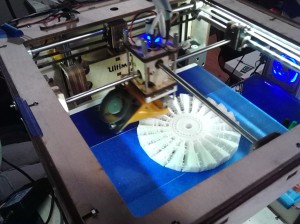
Here are the slides from the talk I gave in Montreal last Friday.
The talk was about using Fourier transforms to get polynomial-time encodings of permutation statistics, as well as a look at the Kondor-Borgwardt approach to graph invariants via the Fourier transform over . The talk was given at a representation theory conference, and I was making the point that we can get new research ideas by taking trips into the world of applications – in my case, by looking at machine learning problems. The opening joke was that I asked my computer for the best possible title for the talk, and received the click-bait title as a response. It was admittedly a pretty funny moment watching the chair of the session trying to decide whether to read the title originally submitted for the talk (‘Compressed Combinatorial Statistics’) or the ridiculousness on the screen (he went with the original).




